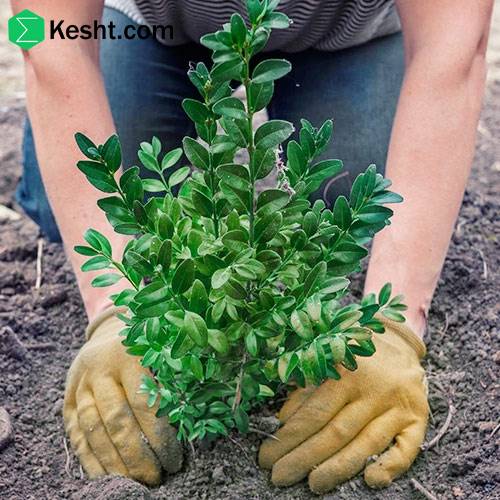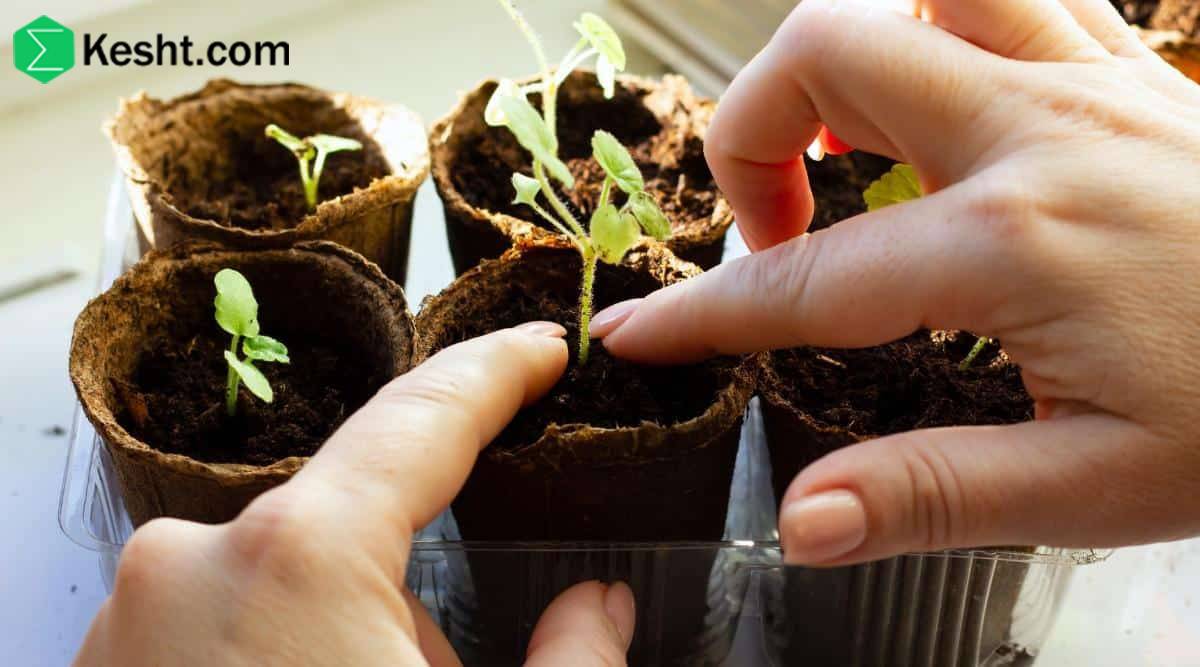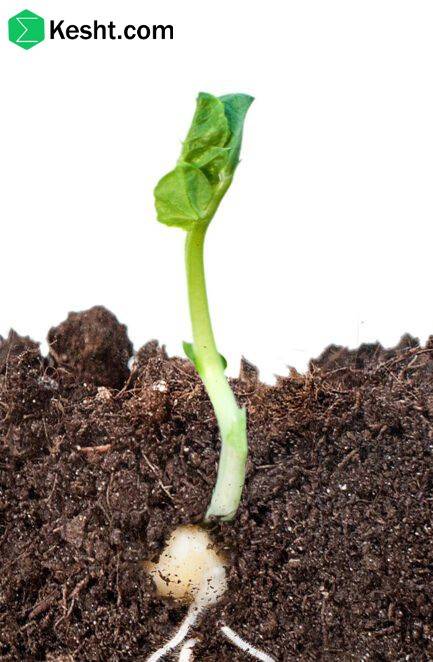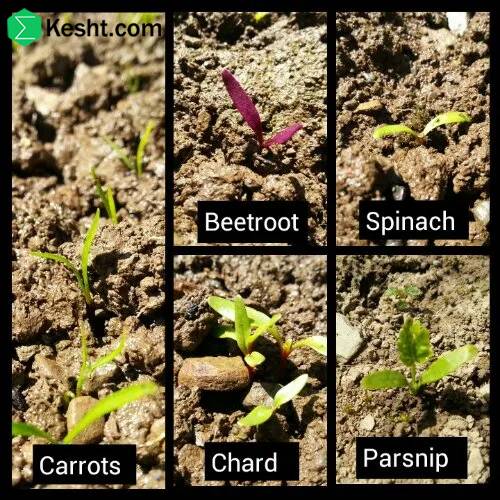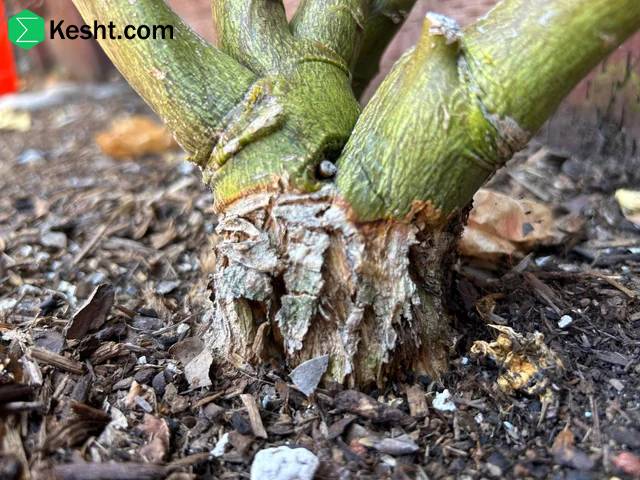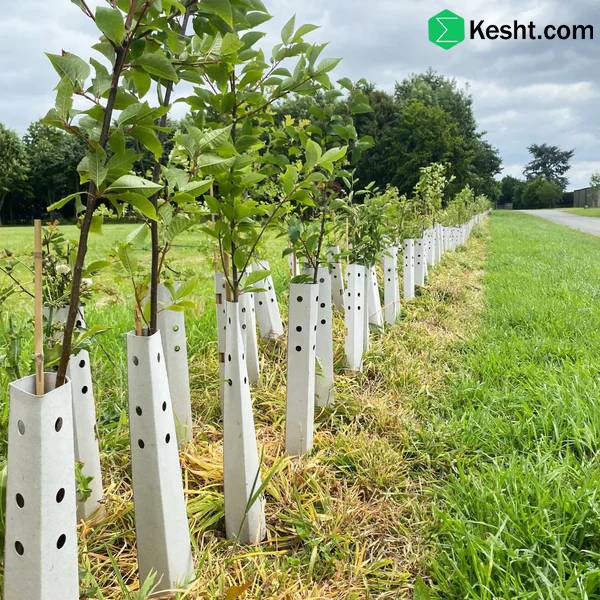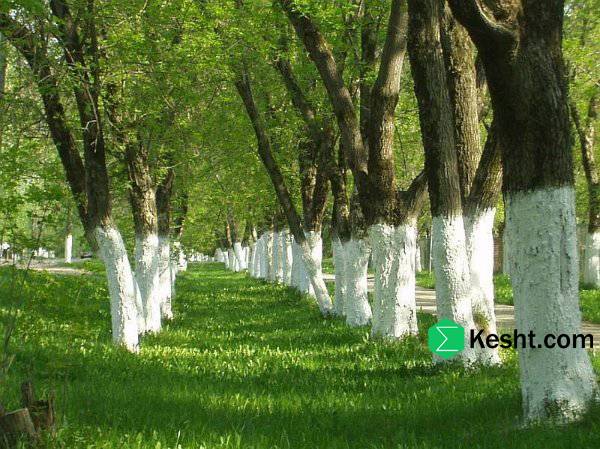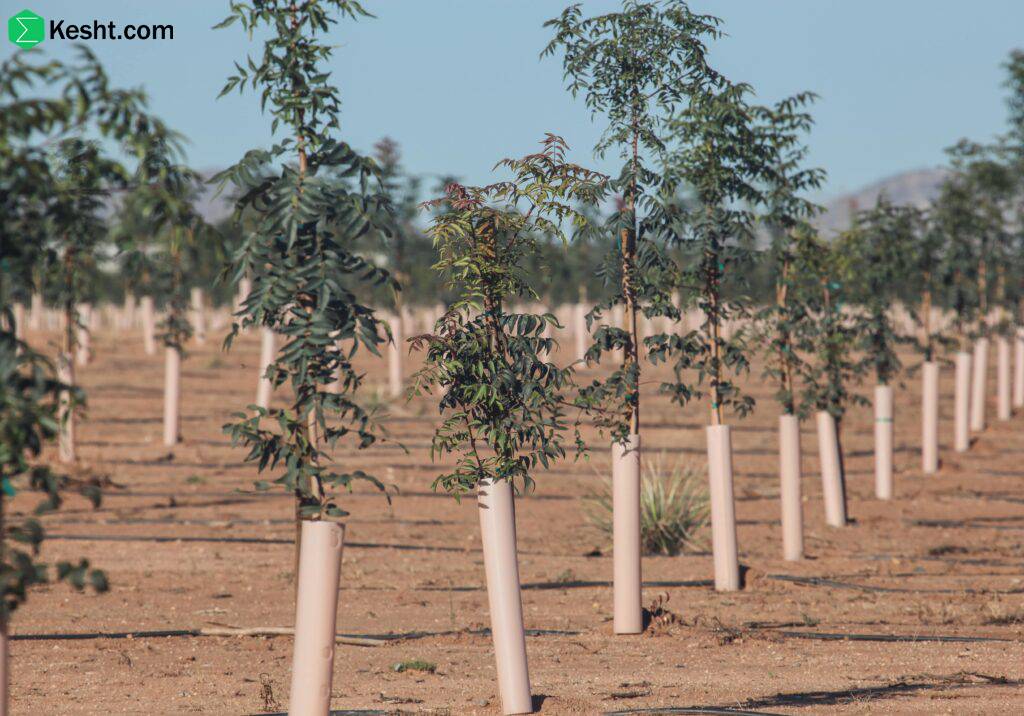Saplings form the foundation of agriculture, horticulture, and green spaces, playing a vital role in food production, environmental conservation, and natural beauty. Successful sapling cultivation depends on two key factors: proper planting techniques and post-planting care. This guide provides a step-by-step breakdown of selecting, planting, and maintaining saplings.
Selecting the Right Sapling
Types of Saplings
Fruit saplings: Apple, pear, citrus, pomegranate, walnut.
Ornamental saplings: Silver cypress, boxwood, bonsai, eucalyptus.
Forest saplings: Oak, pine, maple (ideal for reforestation).
Criteria for Healthy Saplings
Roots: Dense, white, and free from rot.
Stem: Firm, unbroken, and pest-free.
Leaves: Green and vibrant (for leafy saplings).
Source: Purchase from certified nurseries with health guarantees.
Preparing and Planting Saplings
Choosing the Planting Site
Sunlight: Most saplings need at least 6 hours of direct sunlight.
Soil: Well-draining (avoid heavy clay soils).
Spacing: Varies by species (e.g., fruit trees require 3–6 meters between saplings).
Step-by-Step Planting
Digging the Hole: Depth and width should be twice the root ball’s size.
Soil Enrichment: Mix soil with rotted manure or compost.
Placing the Sapling: The root collar (where roots meet the stem) should sit slightly above soil level.
Filling the Hole: Gently compact soil to eliminate air pockets.
Initial Watering: Water thoroughly immediately after planting.
If you are interested, it is recommended that you read the following article / article title:
Modern Methods for Planting Pistachio Seedlings
https://ekesht.com/en/blog/modern-methods-for-planting-pistachio-seedlings
Post-Planting Care
Watering
First Year: 2–3 times per week (adjust for climate).
Subsequent Years: Gradually reduce frequency.
Tip: Avoid overwatering to prevent root rot.
Fertilization
Organic: Rotted cow manure (annually in spring).
Chemical: NPK fertilizers (consult an expert).
Pruning
Formative Pruning: Shape young trees in early years.
Sanitary Pruning: Remove dead/diseased branches.
Pest & Disease Control
Common Pests: Aphids, spider mites, leaf miners.
Solutions: Organic sprays (e.g., insecticidal soap).
Sticky traps for insects.
Environmental Protection
Frost: Cover saplings with burlap or straw in winter.
Wind: Use stakes for support.
Drought: Apply mulch (straw/wood chips) to retain moisture.
Common Issues & Solutions
Problem Cause Solution
Yellow Leaves Iron/nitrogen deficiency Apply iron sulfate
Root Rot Overwatering Improve soil drainage
Stunted Growth Poor soil Add compost
Conclusion: Planting and maintaining saplings requires knowledge, patience, and consistent care. By following best practices—selecting healthy saplings, proper watering, balanced fertilization, and pest control—you can cultivate thriving trees. Every planted sapling contributes to a healthier environment and a greener future.
If you are interested, it is recommended that you read the following article / article title:
We are the “ekesht” platform — a subsidiary of Samin Atlas Iranians and the only official exporter of BlueLabel seedlings in Iran
Why Blue Label?
Because the world only trusts these seedlings!
Ordinary seedlings (without labels or other labels), even if one of them is infected, can destroy your entire garden — without you realizing it!
But the advantage of Blue Label seedlings:
✅Each of them has a global barcode
✅Tested in advanced laboratories
✅Free from any viruses and microbes
✅The only seedlings that are allowed to be legally exported!
This is important for you if:
- You want to build a garden that is productive and hassle-free
- You are looking for a long-term investment in gardening
- You want to start without stress, without losses, without surprises!
Blue Label seedlings = peace of mind
Because when the seedlings are healthy, the garden stays healthy — and real profits come!
Contact us now — before a random seedling destroys your garden!
Healthy Seedlings = Fruitful Garden = Smart Investment
And that’s exactly what we do at ekesht.
ekesht platform (with fifteen years of practical and successful trade experience with Russia, Kazakhstan, Iraq, China, Turkmenistan, Turkey, etc.) is ready to cooperate with people active in the field of agriculture.
For more information and additional information, please contact us via social media, phone call or email
Phone number:
Email:
Social media address:
